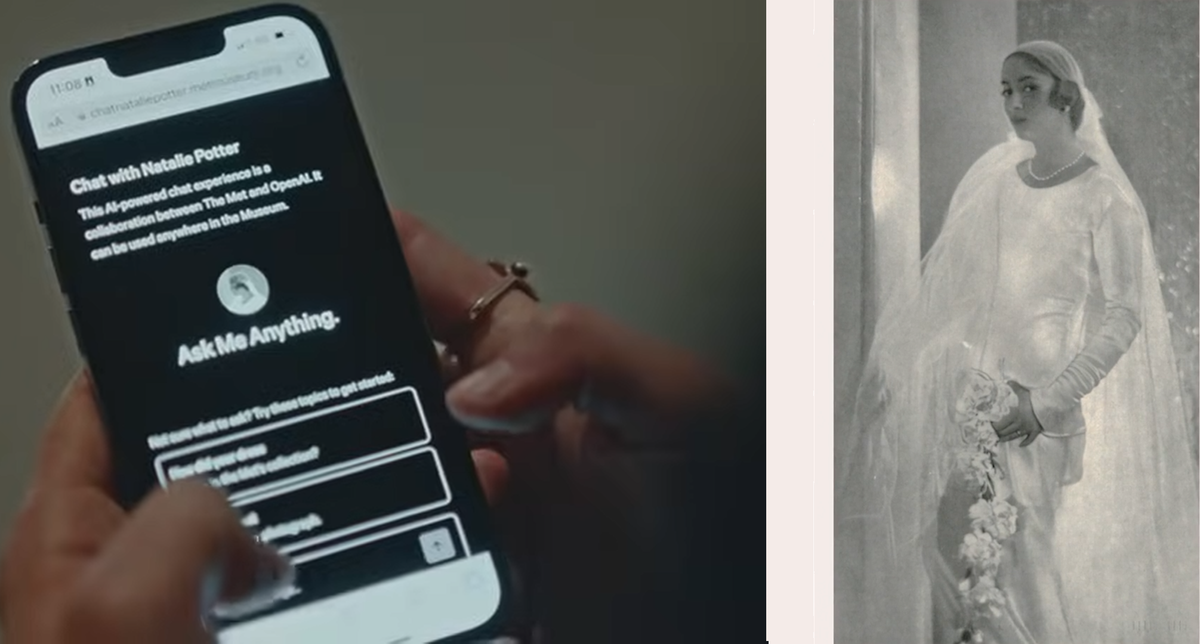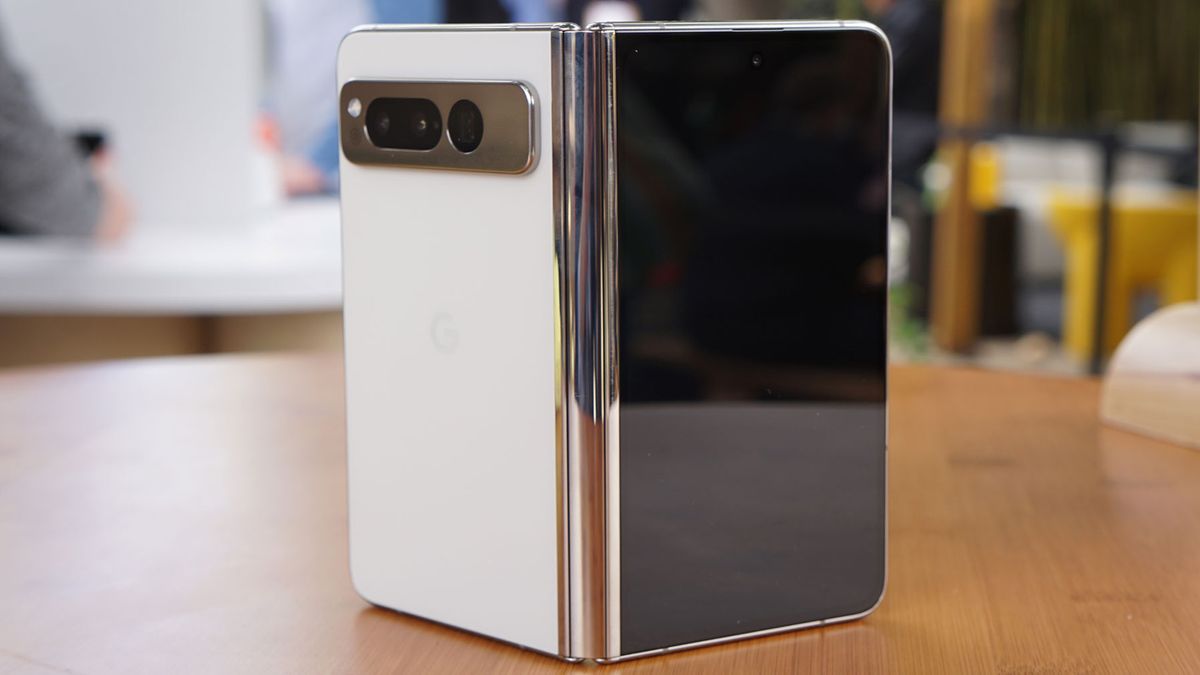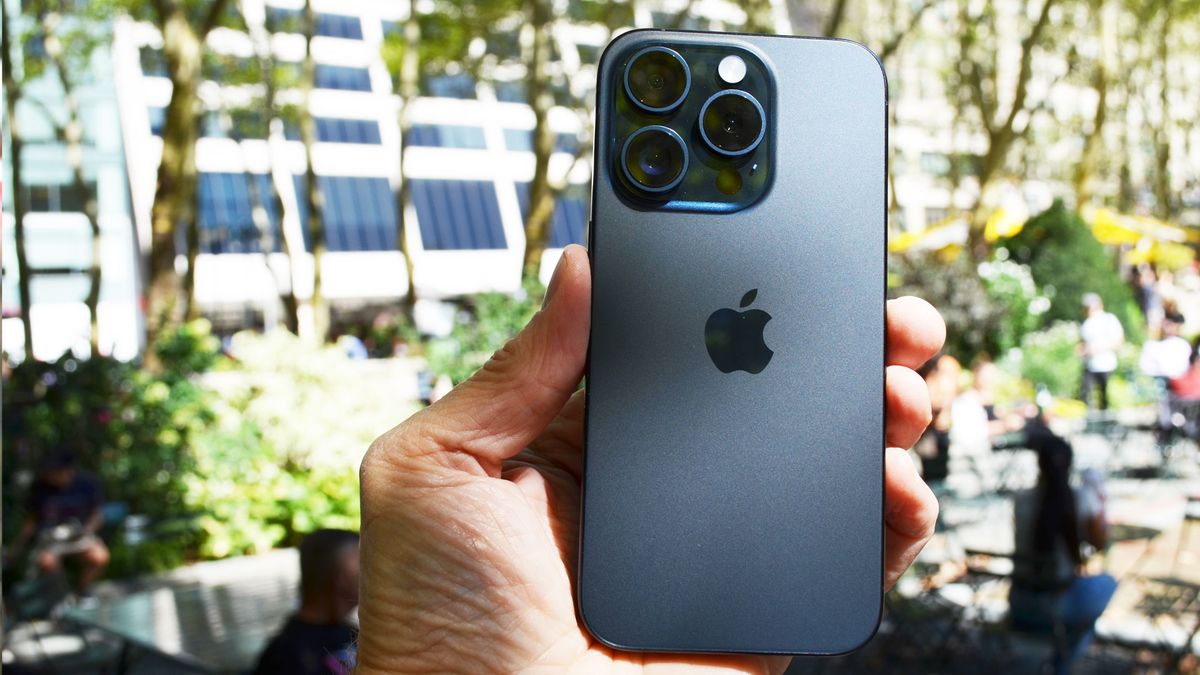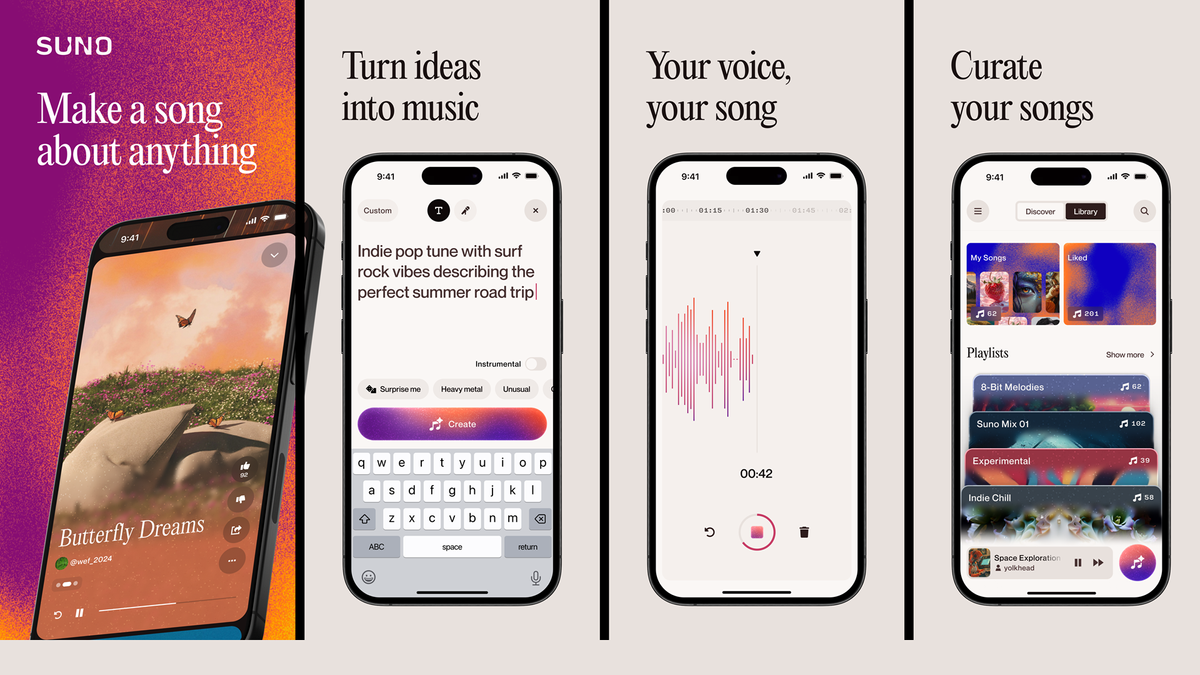The Metropolitan Museum of Art’s latest fashion exhibit includes not only a 1930s wedding dress, but also a virtual ghost of the kind of socialite who would have worn it. OpenAI partnered with the museum to create Natalie Potter, a fictional century-old woman powered by its latest AI model, to interact with museum visitors and tell them about the dress and its place in fashion history.
The dress is part of the exhibition “Sleeping Beauties: The Awakening of Fashion.” Using a smartphone, you can access Chat with Natalie and text “here” the same way you would with ChatGPT.
You'll be able to learn about her dress and details about her life, her wedding, and the world of 1931, when the dress was made. You'll be able to ask questions and receive detailed answers that go beyond the typical traditional exhibits. The idea is that you'll feel like you're talking to someone who was there and lived in that world.
Costume Institute curator Andrew Bolton approached OpenAI to discuss using AI in the exhibition and worked with the company to design Natalie. The collaborators trained OpenAI’s model with a database of relevant information, including newspapers, letters, and other documents from the period. OpenAI fed that data into its AI model to produce Natalie. The AI chatbot not only regurgitates facts, but also mimics the language, beliefs, and conversational approach common to the period.
Chatting with Natalie is strictly text-based, but an additional feature uses OpenAI's Sora AI video creator. If you ask Natalie about the attached photo showing a woman in the dress, you'll have an option to “reanimate” it and see an AI-generated video of the woman in the dress moving around.
View in
Time travel with artificial intelligence
“I thought it was incredibly inspiring because [Bolton’s] “The vision was to bring this exhibition to life through AI and have people participate, not just be passive observers,” explained Mira Murati, technical director at OpenAI. “The whole experience of going to a museum becomes more active and more personalized based on what interests you.”
While Natalie’s chatbot is limited to an AI character, it’s very easy to imagine how OpenAI and other AI developers could work with museums to bring historical figures to life through AI — not just with recited lines but as interactive characters that can help educate visitors. When there’s so much information online, this approach isn’t a gimmick; it could be crucial to engaging audiences with history, art, and culture as a whole.
Of course, this won’t happen overnight. Handling hallucinations is especially important to ensure that information and representation of people are accurate and fit the AI’s personality. Still, the collaboration between OpenAI and the Met sets a promising precedent for future projects.









